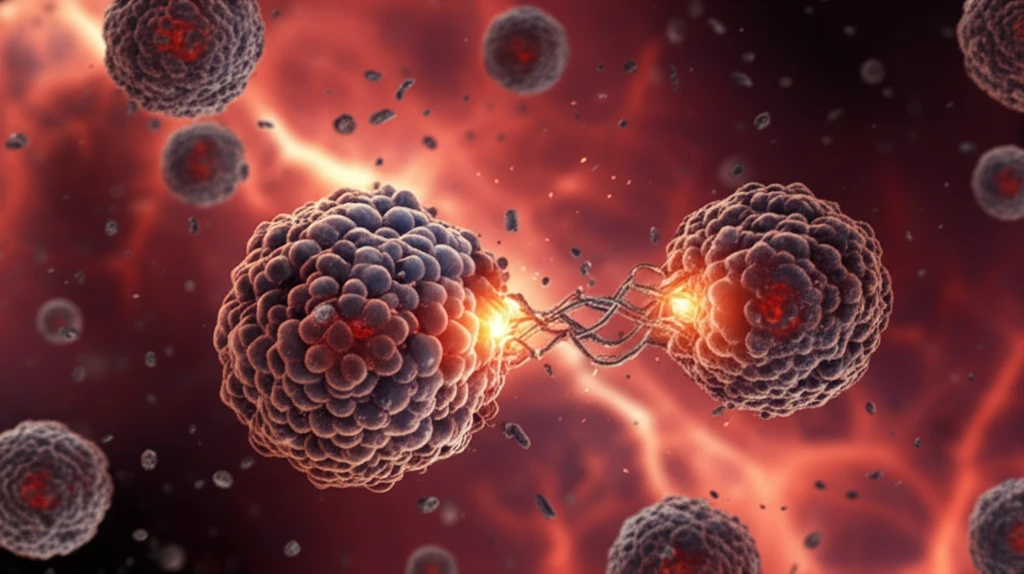
Lung Cancer Breakthrough: Can Cold Plasma and Nanoparticles Be the Future of Treatment?
"Innovative research explores a synergistic approach to lung cancer therapy, combining cold atmospheric plasma and iron oxide nanoparticles for enhanced effectiveness."
Lung cancer remains a leading cause of cancer-related deaths globally, affecting both men and women. Despite advances in surgical techniques, medication, and radiation therapies, the need for innovative treatment approaches is critical. Current treatments often face challenges in selectively targeting cancer cells while minimizing harm to healthy tissue.
A promising new avenue in cancer therapy involves the use of cold atmospheric plasma (CAP), an emerging biomedical technique that has shown potential in various applications, including cancer treatment. Complementing this, magnetic nanoparticles offer unique possibilities in medicine due to their ability to target specific areas within the body.
Recent research explores the synergistic effects of combining CAP with iron oxide nanoparticles to combat lung cancer. This innovative approach aims to develop a dual therapeutic method that not only targets cancer cells more effectively but also reduces the adverse effects associated with traditional treatments. This article delves into the specifics of this research, examining how this combination could revolutionize lung cancer therapy.
Synergistic Effect of Cold Atmospheric Plasma and Iron Oxide Nanoparticles

The study focuses on the combined use of cold atmospheric plasma (CAP) and iron oxide nanoparticles to treat lung cancer. CAP is known for its ability to generate charged particles and reactive species that can selectively kill cancer cells. Iron oxide nanoparticles, on the other hand, can be directed to specific locations within the body, enhancing the precision of the treatment.
- Enhanced Cancer Cell Death: The combination of CAP and iron oxide nanoparticles significantly increased the death of lung cancer cells compared to either treatment alone.
- Reduced Cell Proliferation: The treatment effectively reduced the proliferation of cancer cells, inhibiting their ability to multiply and spread.
- EGFR Downregulation: CAP, when combined with iron oxide nanoparticles, led to a reduction in EGFR expression, further hindering cancer cell growth.
- Inhibition of Key Pathways: CAP inhibited lung cancer cells by suppressing the pERK and pAKT pathways, which are crucial for cancer cell survival and growth.
The Future of Lung Cancer Therapy
The research indicates a promising future for lung cancer treatment by leveraging the synergistic effects of cold atmospheric plasma and iron oxide nanoparticles. This targeted approach enhances cancer cell death, reduces cell proliferation, and inhibits key signaling pathways, while minimizing harm to healthy tissue. As research progresses, this innovative method may lead to more effective and less invasive treatments for lung cancer patients, offering new hope and improved outcomes.
